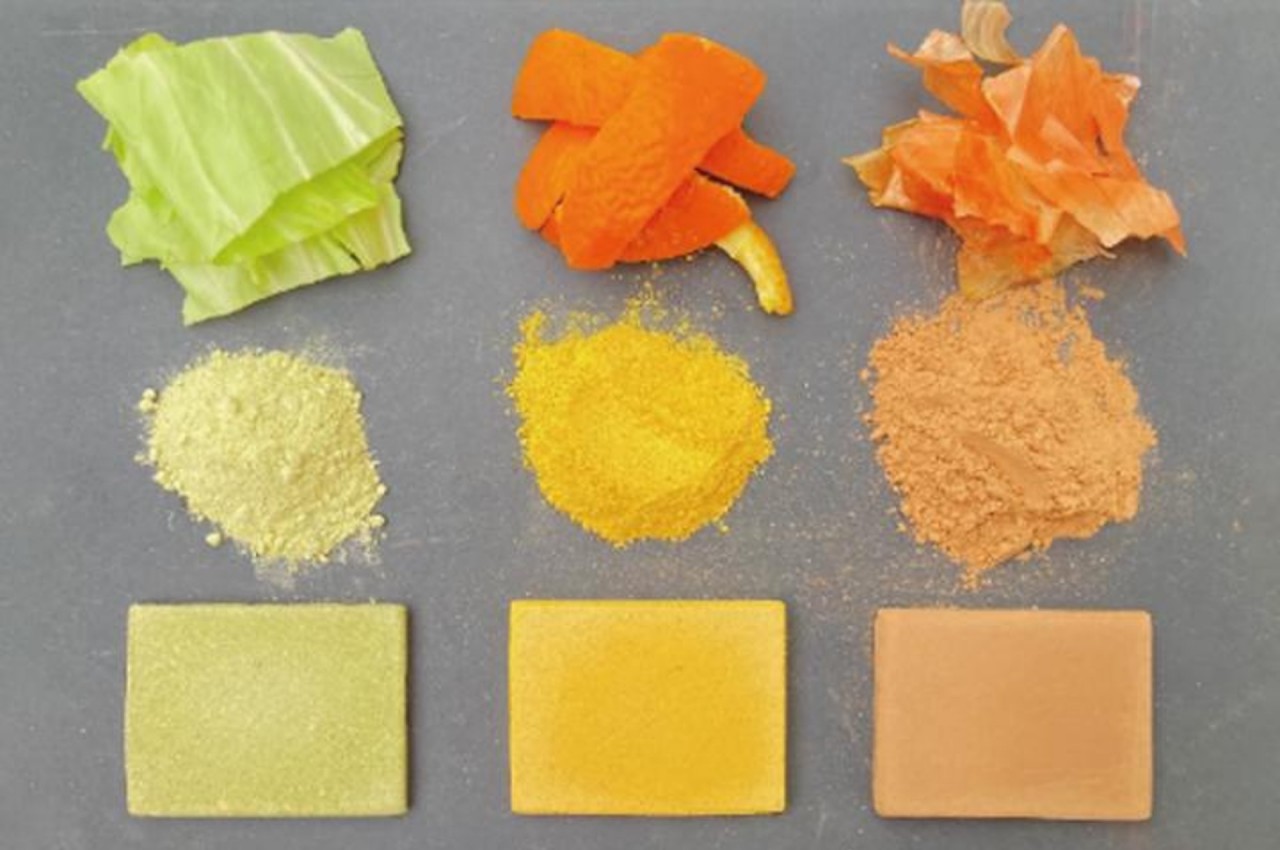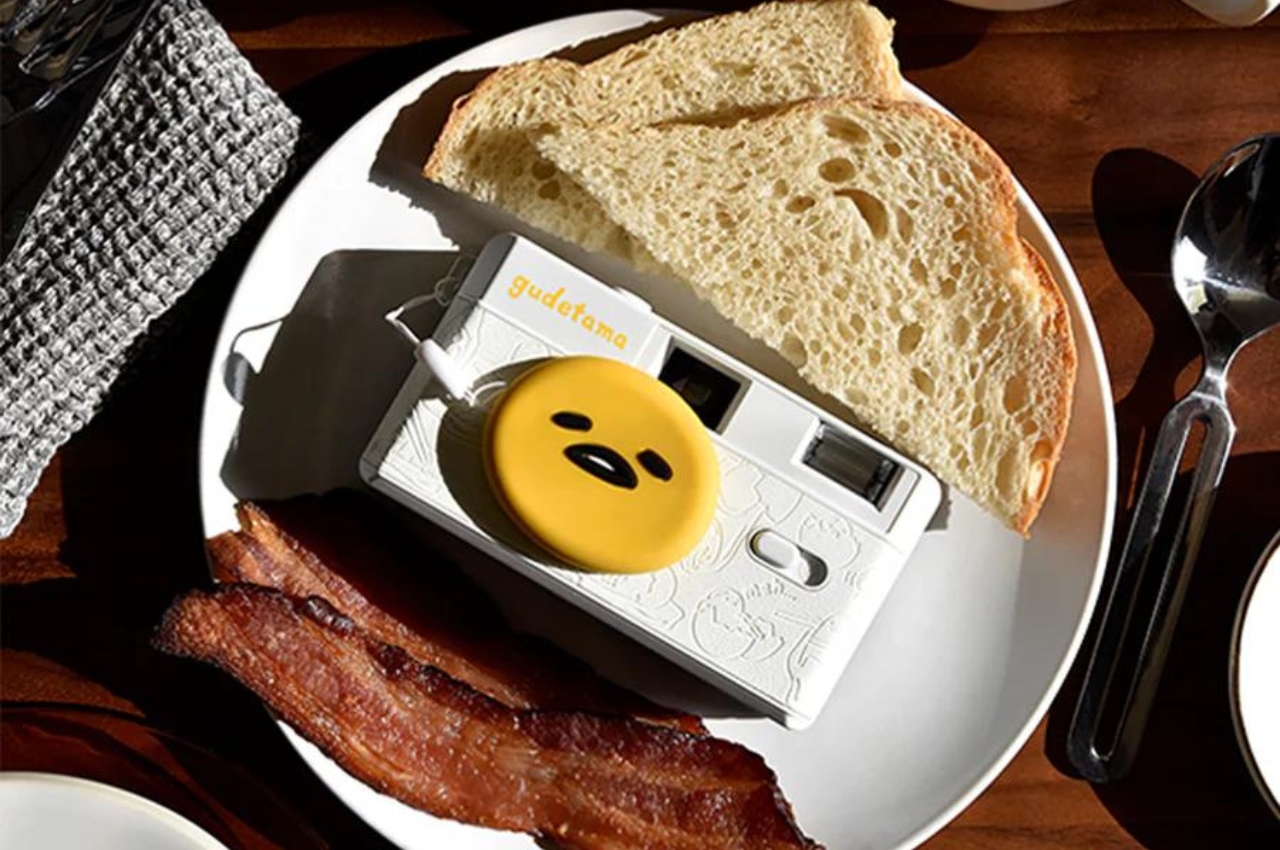Tamagotchi Celebration Egg has recycled eggshell casing

Any child of the 90s has probably at one point or another got their hands on a Tamagotchi. Before there were mobile phones where we spend most of our eyes and fingers on, we had to feed, clean and take care of our virtual pets on a regular basis. In case you didn’t know, there are still a lot of Tamagotchis around and it is celebrating its 28th birthday with a special egg surprise.
Designer: Bandai Namco

The Original Tamagotchi Celebration Egg will be arriving in a very special packaging inside and outside by 2025. What makes this special is that it goes back to its egg roots since the toy’s name comes literally from the Japanese word for egg, tamago. Instead of the normal plastic casing, this one is made from recycled eggshells, giving it a smooth, matte finish, much like a real egg’s look and feel.

In keeping with the eco-friendly celebration of the Tamagotchi’s anniversary, the packaging is also made from recycled paper. Aside from those two special things, you can play with your virtual pet in its usual way by feeding them, cleaning them up when they poop, and even disciplining them when they’re being naughty. And of course, they will grow up to be different characters, depending on how you take care of them.

This particular celebration egg can still be attached to your bag or even to your clothes with the ball chain, since you of course need to carry it around with you at all times. It will be available exclusively through Amazon by 2025 and will cost just $29.99.

The post Tamagotchi Celebration Egg has recycled eggshell casing first appeared on Yanko Design.
























































 NASA model set includes a displayable model version of the Lunar Rover Module that was aboard the historic Apollo 17 mission back in 1972. It also includes 3 attachable equipment sets that includes a lot of authentic details. Basically, this LEGO® set is for the big boys and girls who are very much interested in outer space and everything NASA.
NASA model set includes a displayable model version of the Lunar Rover Module that was aboard the historic Apollo 17 mission back in 1972. It also includes 3 attachable equipment sets that includes a lot of authentic details. Basically, this LEGO® set is for the big boys and girls who are very much interested in outer space and everything NASA.


































































































